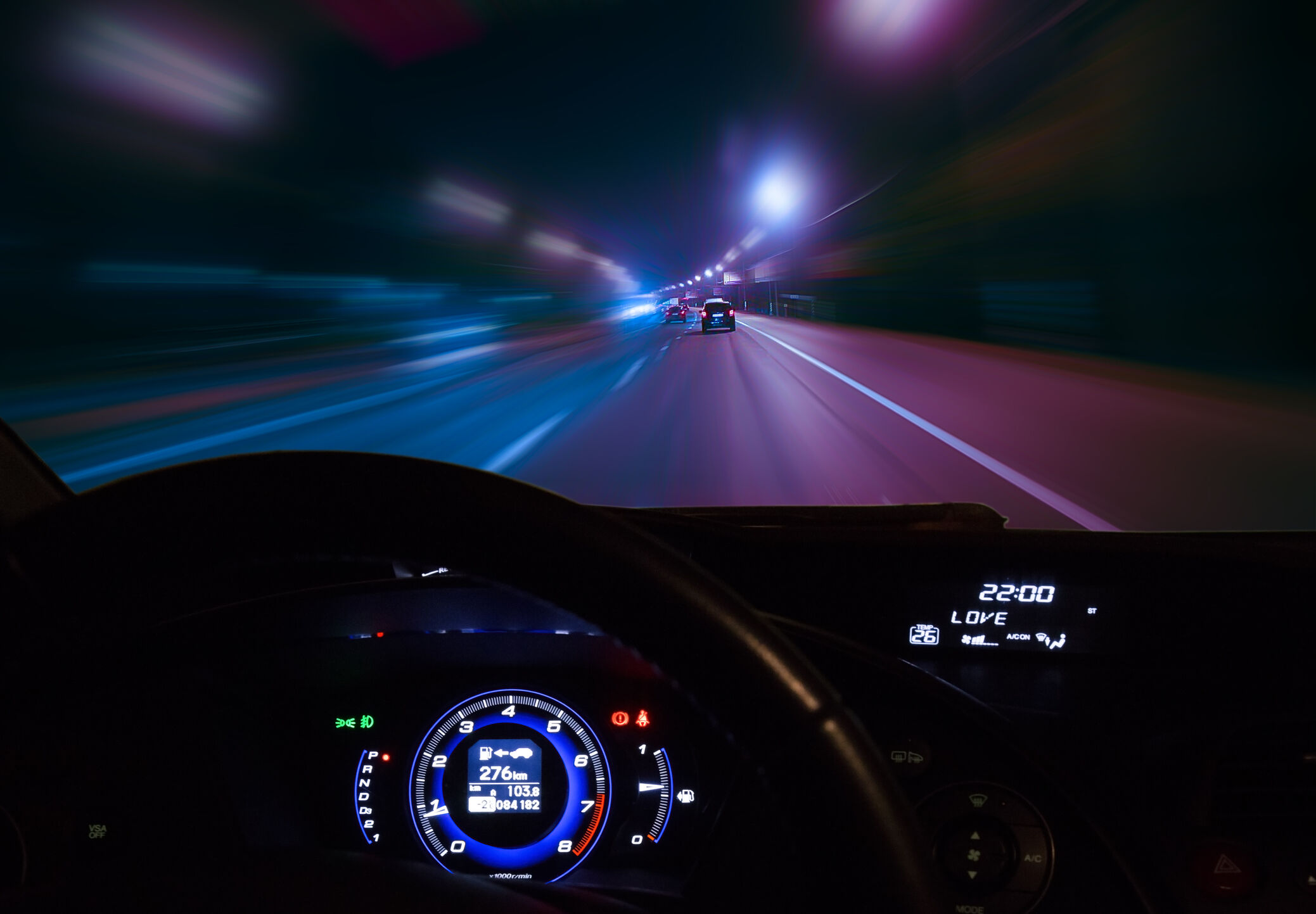
The global coronavirus pandemic has eased traffic congestion in the D.C. area but has led to a dramatic rise of excessive speeding at a time when more people are walking or riding bicycles.
AAA Mid-Atlantic said in a news release Tuesday that local police departments, which are still ticketing drivers despite the coronavirus concerns, are cracking down on aggressive drivers excessively exceeding the speed limit during the shutdown.
According to AAA, Virginia State Police stopped at least eight drivers exceeding 100 mph on Saturday, May 2, with one of those drives clocked at 132 mph. Maryland State Troopers ticketed one driver for driving 136 mph on the Capital Beltway, one of four triple-digit offenders on Sunday.
In Montgomery County alone, AAA said speed camera violations exceeding 100 mph are up 500% between April 26 and May 1 compared to that same period last year.
In the District, AAA cited a Forbes study that said despite an 80% drop in congestion, “the number of speeding tickets issued has reportedly jumped by 20%, with violations for going 21-25 mph over the limit up by around 40%.”
“Whatever impulse it is that’s motivating some uncaring drivers — with no particular place to go — to turn roadways into speedways, this must stop,” said John B. Townsend II, AAA Mid-Atlantic’s manager of public and government affairs. “Why this reckless behavior? Why now?
“With fewer cars on the roads, some motorists are driving at reckless speeds, even though speeding doesn’t necessarily result in saving time on the road. In fact, the average time saved on a 5-mile trip driving 65 mph on a 45 mph posted road is only 1.9 minutes. It’s important that drivers follow posted speed limit signs,” he said.
Though the number of speeders is up, the number of crashes is down in Maryland and Virginia, likely due to the significant decrease in daily traffic volume. But Townsend said bicyclists and pedestrians have to remain vigilant.
“It is imperative for all children and their parents, and it behooves all pedestrians, joggers, motorcyclists, exercisers, cyclists, and moped and e-scooter riders to review proper safety tips and take necessary precautions to make these outdoor activities as safe as possible,” he said.
May is National Bike Safety Month, and AAA has put out the following safety tips.
AAA Bike Safety Reminders
- Always wear a helmet. Wearing a properly fitted helmet can reduce your risk of serious injury by as much as 85%. For guidance on fitting a helmet, see the National Highway Traffic Safety Administration’s Fitting Your Bike Helmet guide.
- Maintain your bike. Before riding, inflate tires properly and check that the brakes work and that your chain is not showing serious signs of wear.
- Make yourself visible. No matter the time of day, make yourself visible to others. Wear neon, fluorescent or other bright colors when riding, to be most easily seen. Wear something that reflects light, such as reflective tape or markings, or flashing lights. Remember, just because you can see a driver doesn’t mean the driver can see you.
- Look for hazards such as potholes, broken glass, gravel, puddles, leaves, and dogs. All these hazards can cause a crash.
- Obey traffic laws. A bicycle is a vehicle and you’re the driver. When you ride in the street, obey all traffic signs, signals, and lane markings.
- Use verbal and non-verbal communication. This includes eye contact with drivers, turn signals, pointing to road hazards for bicyclists behind you, and stating “passing on your left,” or “on your left.” Your bike should be equipped with a bell or horn to alert other cyclists, pedestrians and motorists of your presence.
- Be predictable. Ride in a straight line, not in and out of cars. Signal your moves to others.
- Look before turning. When turning left or right, always look behind you for a break in traffic, and then signal before making the turn. Watch for left- or right-turning traffic.
- Children should not ride alone. Children younger than 10 years old are not able to make necessary safely decisions and should ride with an adult. Utilize safer routes such as sidewalks when available.
AAA Pedestrian Safety Reminders
- Walk on sidewalks whenever possible.
- If no sidewalk is available, you must walk on the left side of the road, facing traffic.
- Cross at crosswalks. Keep to the right in the crosswalk.
- Look both ways before crossing the street.
- At signalized intersections, cross only on the proper signal.
- Avoid crossing the street between parked cars.
- Watch for cars. Be sure that the way is clear before you start crossing. Continue looking and checking while crossing.
- Never assume a driver sees you. Make eye contact with drivers as they approach you to make sure you are seen.
- Motorists must yield to pedestrians crossing the street at marked and unmarked intersections. But the pedestrian must either be within the crosswalk or affirmatively indicate an intent to cross.
- Wear or carry retro-reflective material or carry a flashlight at night to help drivers see you.
- Avoid distractions. Limit phone use, loud music, and other distractions while walking.
Like WTOP on Facebook and follow @WTOP on Twitter to engage in conversation about this article and others.
Get breaking news and daily headlines delivered to your email inbox by signing up here.
© 2020 WTOP. All Rights Reserved. This website is not intended for users located within the European Economic Area.
"Stop" - Google News
May 06, 2020 at 02:17AM
https://ift.tt/2zdb5sZ
‘This must stop’: Reckless driving soars amid COVID-19 closures - WTOP
"Stop" - Google News
https://ift.tt/2KQiYae
https://ift.tt/2WhNuz0
Bagikan Berita Ini















0 Response to "‘This must stop’: Reckless driving soars amid COVID-19 closures - WTOP"
Post a Comment